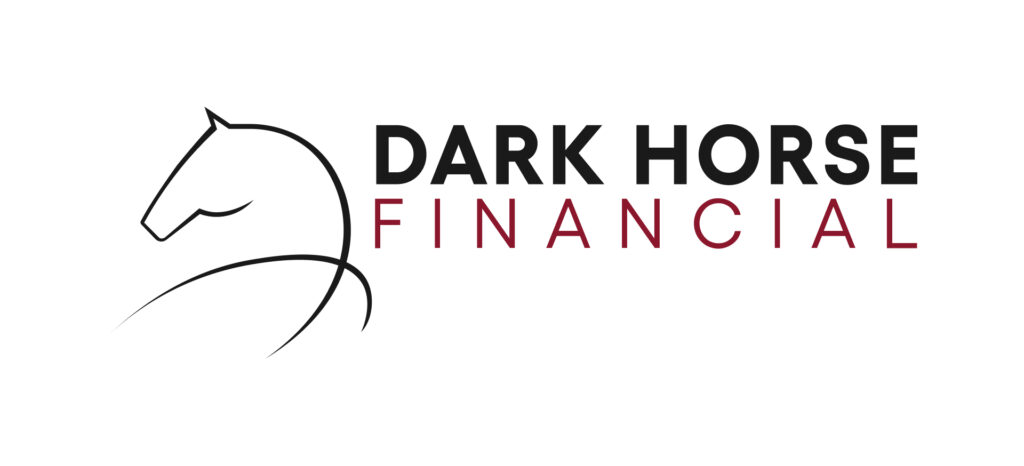Key Takeaways
- Working capital is the difference between a business's current assets and current liabilities. In simpler terms, it's the cash a business has on hand to cover daily expenses.
- Having enough working capital ensures your business operates smoothly. It also supports growth initiatives and acts as a financial buffer during times of financial challenges.
- Businesses can secure working capital through various options like term loans, business lines of credit, and invoice financing.
- Small businesses can particularly benefit from working capital loans to address cash flow gaps and seize growth opportunities
- Managing inventory, negotiating payment terms, and securing the right financing mix are great strategies for maintaining a strong working capital position.
For many business owners, working capital serves as a measure of their company’s ability to manage short-term obligations. Whether you’re running a small business or a large company, it’s important to know what working capital is and why you need it. Understanding and effectively managing working capital can make all the difference for your business and help you level up.
Understanding Working Capital
Working capital is a financial metric that represents the difference between a business’s current assets and current liabilities. In simpler terms, it’s the cash or resources a business has on hand to cover its day-to-day operational expenses. It’s important for a business to properly manage working capital to maintain smooth business operations and achieve long-term growth.
Components of Business Working Capital
The key components of working capital include:
- Current Assets: Cash, accounts receivable, inventory, and other short-term assets that can be converted into cash within a year.
- Current Liabilities: Accounts payable, short-term loans, and other financial obligations that are due within a year.
By subtracting current liabilities from current assets, you can determine your working capital.

A positive working capital indicates that your business has enough resources to meet its short-term needs, with leftover cash you can invest towards growth initiatives. Meanwhile, a negative figure may signal greater financial issues and that you may have trouble paying back debt obligations.

Why Does Your Business Need Working Capital?
Working capital ensures that your business can:
- Maintain Daily Operations: Working capital covers day-to-day expenses such as payroll, utilities, and rent.
- Invest in Growth Opportunities: Having sufficient working capital allows businesses to take advantage of growth opportunities, such as purchasing additional inventory or launching a new product line.
- Weather Financial Challenges: Unexpected expenses or slow payment cycles can strain your business’s cash flow. Working capital acts as a financial cushion to help you get through tough times.
How to Improve Your Business’s Working Capital Position
Improving your working capital position requires a combination of financial strategies and operational efficiencies:
- Streamline Inventory Management: Use advanced inventory management tools to maintain an optimal balance of stock. Avoid tying up funds in overstocked items while ensuring there’s sufficient inventory to meet customer demand.
- Negotiate Favorable Payment Terms: Work with suppliers to extend payment terms, giving your business more time to hold onto cash.
- Improve Accounts Receivable Collections: Establish clear payment terms and follow up promptly on overdue invoices. Offer incentives, such as early payment discounts, to encourage faster collections from your customers.
- Implement Cost Control Measures: Review your daily expenses to identify areas where costs can be reduced without compromising quality or efficiency. You can also embrace automation and technology to streamline processes and reduce costs.
- Secure Working Capital Loans Strategically: Apply for working capital loans during periods of cash flow gaps. Use the funds to cover pressing operational costs, such as payroll, inventory purchases, or equipment repairs. Ensure that the repayment terms align with your cash flow cycle to avoid additional financial strain.
What Is “Financing Mix” in Working Capital Management?
A financing mix is the combination of short-term and long-term funding sources used to finance a company’s working capital needs. A balanced financing mix can help you optimise cash flow and minimise financial risks.
Key Components of a Financing Mix:
- Short-Term Financing: Includes working capital loans and lines of credit to cover immediate needs.
- Long-Term Financing: Involves equity or long-term loans to support sustained growth and larger investments.

What Are Working Capital Loans for Small Business?
A working capital loan is a type of financing designed to help businesses cover their short-term operational needs. These loans are particularly useful for small businesses that face cash flow gaps or need extra funding to manage seasonal demands.
Types of Working Capital Financing
Working capital financing is available in several forms, each catering to the unique needs of businesses. Here are the most common types:
Term Loans
These are fixed-amount loans where the borrower receives a lump sum that has to be repaid over a specific period, typically ranging from several months to a few years. Businesses repay the loan in regular instalments, making it a predictable and structured financing option.
Term loans are ideal for covering large, one-time expenses, such as purchasing bulk inventory or upgrading equipment.
Overdrafts
This is a flexible financing option that allows businesses to overdraw funds as needed up to a pre-approved limit. Interest is only charged on the amount used, making it cost-effective for managing fluctuating cash flow needs. Overdrafts are particularly useful for seasonal businesses or those with unpredictable expenses.
Invoice Financing
This type of financing enables businesses to borrow money against unpaid invoices.
It provides quick access to cash while awaiting payment from customers, ensuring steady cash flow. Invoice financing is commonly used by businesses that deal with extended payment terms from clients.
Private Lending
This type of financing involves borrowing from private lenders. It’s usually sought out by those looking for quick and flexible financing without the strict credit requirements of traditional banks.

Why Small Businesses Should Consider Working Capital Funding
Small businesses often face unique challenges, such as seasonal fluctuations, delayed payments from customers, and unexpected expenses like equipment breakdowns and natural disasters. With working capital loans, businesses can maintain daily operations without worry. They can also put aside cash to channel towards growth opportunities like investing in marketing, entering new markets, or releasing new product lines.
Choosing the Right Working Capital Loan for Your Business
When selecting a working capital loan, consider the following factors:
- Loan Amount: Ensure the loan covers your immediate needs without overburdening your finances.
- Repayment Terms: Choose terms that align with your cash flow cycle.
- Eligibility Requirements: Review the lender’s criteria to ensure your business qualifies.
- Interest Rates: Compare rates from different lenders to find the most cost-effective option. You can contact loan experts like Dark Horse Financial to get the best rates for your loan.
In Summary
Working capital is the lifeblood of any business, ensuring smooth operations and providing the flexibility to grow and adapt. Whether you’re managing seasonal fluctuations, addressing cash flow gaps, or investing in new opportunities, understanding and leveraging working capital is essential for long-term success. For small businesses in particular, working capital loans can be a game-changer, providing the necessary funds to overcome challenges and go after growth opportunities.
Get Working Capital Funding for Your Business
If you’re looking for tailored working capital financing solutions, Dark Horse Financial is here to help. Contact us today to learn more about how we can support your business’s financial needs.





